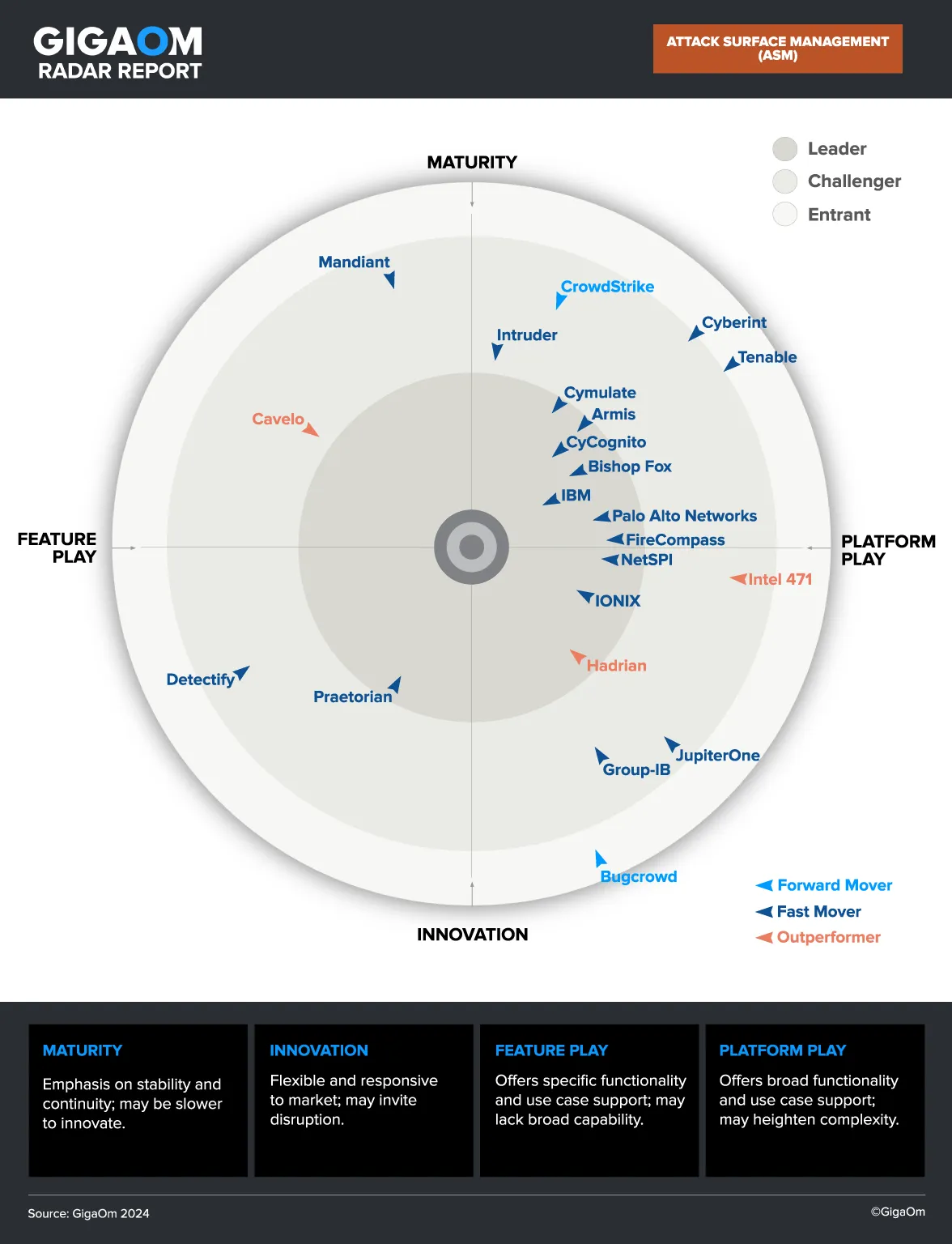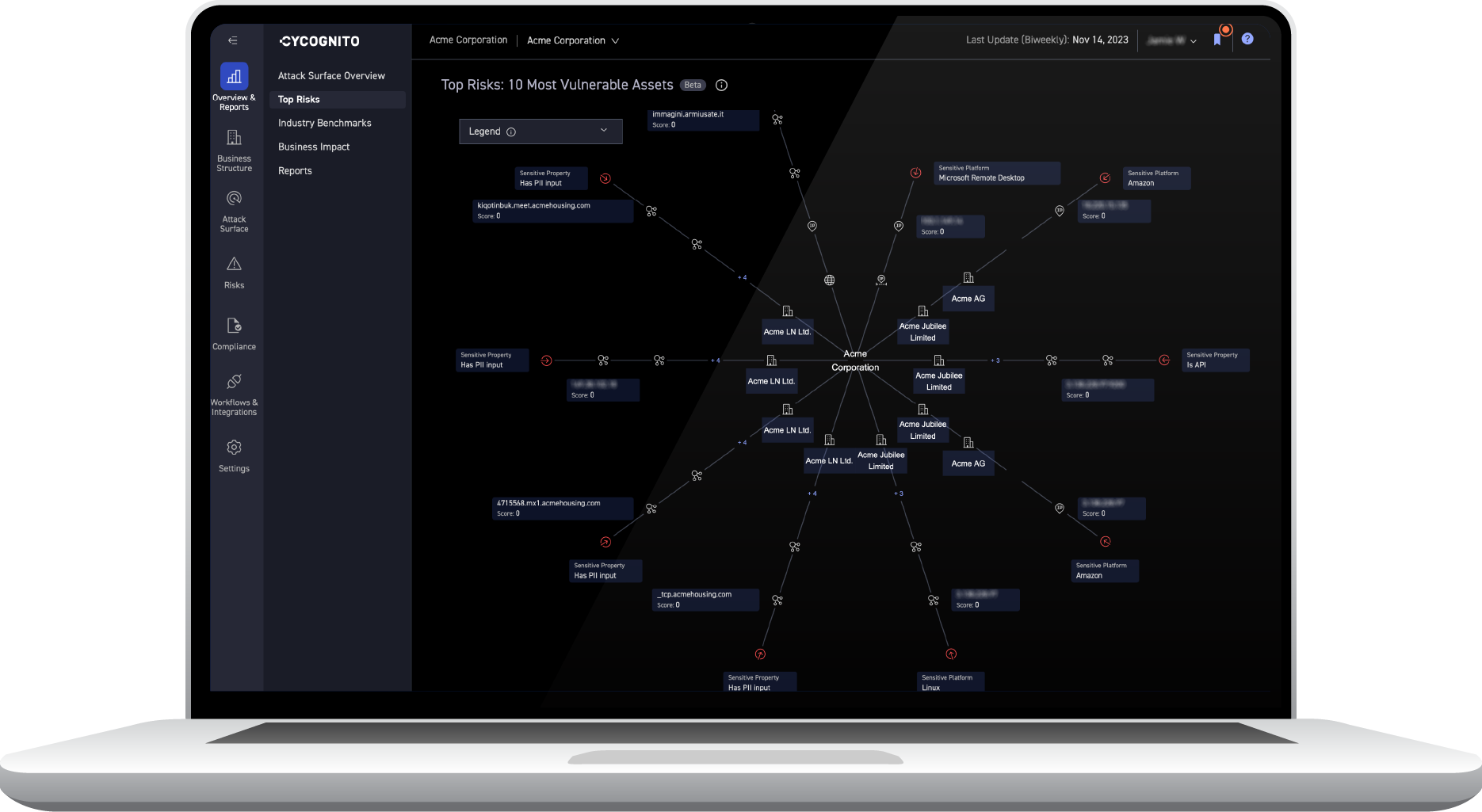What Is Web Application Penetration Testing?
Web application penetration testing is a security testing method for finding vulnerabilities in web applications. This process simulates cyber attacks under controlled conditions to identify security weaknesses. It involves a comprehensive assessment of the front-end and back-end components of an application, including databases, source code, and APIs.
Penetration testing is an in-depth, manual effort. It requires specialized knowledge of cybersecurity, web application architecture, and threat modeling. The objective is to identify vulnerabilities and understand their impact and the threat they pose to the application's overall security posture.
This is part of a series of articles about application security.
The Importance of Web Application Penetration Testing
Web application penetration testing is necessary due to the increasing complexity and prevalence of web applications in business operations. These applications often process sensitive data, making them attractive targets for cybercriminals. Penetration testing helps in uncovering potential security flaws that could lead to data breaches, financial loss, and damage to reputation.
Penetration testing provides insights into security weaknesses and offers actionable recommendations for mitigation, thereby strengthening the application's defenses against future attacks. Additionally, many industry regulations and standards, such as PCI DSS, explicitly require penetration testing as part of their compliance criteria.
Web Vulnerability Scans vs. Web Application Penetration Testing
Web vulnerability scans and web application penetration testing serve different purposes in a cybersecurity strategy. Web vulnerability scanning is an automated process that scans a web application for known vulnerabilities listed in databases like the Common Vulnerabilities and Exposures (CVE). It's quick, cost-effective, and suitable for regular security assessments.
Penetration testing is a manual, often time-consuming process conducted by skilled professionals. It goes beyond identifying known vulnerabilities to uncovering complex security issues that automated tools might miss. Penetration testing focuses on the exploitation of vulnerabilities and the potential impact, providing a more comprehensive understanding of the application's security.
What Are the Types of Web Penetration Testing?
Penetration tests can be performed externally or internally.
External Penetration Testing
External penetration testing targets an application's external-facing components, such as websites and web applications accessible from the Internet. It simulates attacks that external adversaries might perform to identify vulnerabilities that could be exploited from outside the organization.
The goal is to evaluate the security of the web application's perimeter and prevent breaches originating from external sources. This type of testing often involves techniques like port scanning, brute force attacks, and targeting web application vulnerabilities.
Internal Penetration Testing
Internal penetration testing focuses on threats originating from within the organization. It assesses the security posture by simulating an attack from an insider or an attacker who has gained access to the internal network. This type of testing is crucial for identifying vulnerabilities that could lead to privilege escalation, lateral movement, or data breaches.
By mimicking the actions of a malicious insider or compromised employee account, internal penetration testing provides insights into an application's resilience against internal threats. It also helps in identifying and mitigating risks associated with insider threats and ensuring that internal defenses are effectively configured.
Related content: Read our guide to web application security.
7 Steps of a Successful Web Application Penetration Test
Here are some of the processes involved in pen testing web applications.
1. Planning and Reconnaissance
Planning defines the scope and objectives of the test, including identifying the target application's critical components and determining the rules of engagement. Reconnaissance, or information gathering, involves collecting as much data as possible about the target application. This can include identifying technologies used, mapping the application, and gathering public information that could aid in the test.
This step is crucial for understanding the target application's environment and preparing for the subsequent phases of the penetration test. Effective planning and thorough reconnaissance lay the groundwork for a successful penetration test by identifying potential attack vectors and areas of focus.
2. Scanning and Enumeration
Scanning and enumeration involve actively interacting with the target application to discover open ports, services, and vulnerabilities. Tools such as port scanners, vulnerability scanners, and web application scanners are typically used in this phase to automate some of the process. Enumeration takes the process further by extracting more detailed information like service versions and configurations.
This step is critical for identifying the attack surface of the web application. The information obtained during scanning and enumeration assists in prioritizing potential vulnerabilities and planning the exploitation phase.
3. Analysis of Security Weaknesses
Vulnerability analysis entails reviewing the findings from the scanning and enumeration phase to identify exploitable weaknesses and vulnerabilities. This involves analyzing scan results, verifying weaknesses, and assessing their severity based on potential impact and exploitability. False positives—a frequent occurrence in automated scans—are identified and discarded.
The focus here is on understanding the vulnerabilities in the context of the target application and its environment. This phase determines which weaknesses pose a real threat to the application and warrants further examination in the exploitation phase.
4. Exploitation
This phase is where identified vulnerabilities are actively exploited to assess the impact of potential attacks. Exploitation verifies if identified vulnerabilities can be leveraged to gain unauthorized access, escalate privileges, or retrieve sensitive information. Techniques might include SQL injection, cross-site scripting, and exploiting configuration errors.
This step is typically the most labor intensive and requires the greatest degree of security expertise. It demonstrates the real-world implications of vulnerabilities. Successful exploitation helps to understand the potential damage and informs the development of mitigation strategies and security enhancements.
5. Post-Exploitation
This phase involves activities carried out after gaining access to the system. This can include data exfiltration, persistence establishment, and exploring the network for further vulnerabilities. The objective is to determine the depth of access that can be achieved and identify additional resources or data that could be compromised.
The insights gained during this phase help in understanding the severity of a possible breach and in enhancing incident response and mitigation strategies. It also sheds light on how attackers could pivot within the network.
6. Analysis and Reporting
The analysis and reporting phase involves compiling the findings, insights, and recommendations from the penetration test into a comprehensive report. This report details the vulnerabilities discovered, exploitation attempts made, and the potential impact of exploited vulnerabilities. It also provides actionable recommendations for remediation and improving the application's security.
A thorough report serves as a roadmap for remediation efforts, helping stakeholders understand the risks and prioritize security improvements. It's also a critical tool for documenting the penetration test findings and guiding future security strategies.
7. Remediation and Re-Testing
Remediation involves addressing the identified vulnerabilities based on their priority. This could involve patching software, changing configurations, or enhancing security protocols. After remediation efforts have been implemented, re-testing is conducted to verify that the vulnerabilities have been effectively resolved and no new issues have been introduced.
This final step ensures that remediation measures have been successful and that the application's security posture has been improved. It's critical for validating the effectiveness of security improvements and ensuring ongoing protection against cyber threats.
Web Application Security with CyCognito
CyCognitog identifies web application security risks through scalable, continuous, and comprehensive active testing that ensures a fortified security posture for all external assets.
The CyCognito platform helps secure web applications by:
- Using payload-based active tests to provide complete visibility into any vulnerability, weakness, or risk in your attack surface.
- Going beyond traditional passive scanning methods and targeting vulnerabilities invisible to traditional port scanners.
- Employing dynamic application security testing (DAST) to effectively identify critical web application issues, including those listed in the OWASP Top 10 and web security testing guides.
- Eliminating gaps in testing coverage, uncovering risks, and reducing complexity and costs.
- Offering comprehensive visibility into any risks present in the attack surface, extending beyond the limitations of software-version based detection tools.
- Continuously testing all exposed assets and ensuring that security vulnerabilities are discovered quickly across the entire attack surface.
- Assessing complex issues like exposed web applications, default logins, vulnerable shared libraries, exposed sensitive data, and misconfigured cloud environments that can’t be evaluated by passive scanning.
CyCognito makes managing web application security simple by identifying and testing these assets automatically, continuously, and at scale using CyCognito’s enterprise-grade testing infrastructure.
Learn more about CyCognito Active Security Testing



